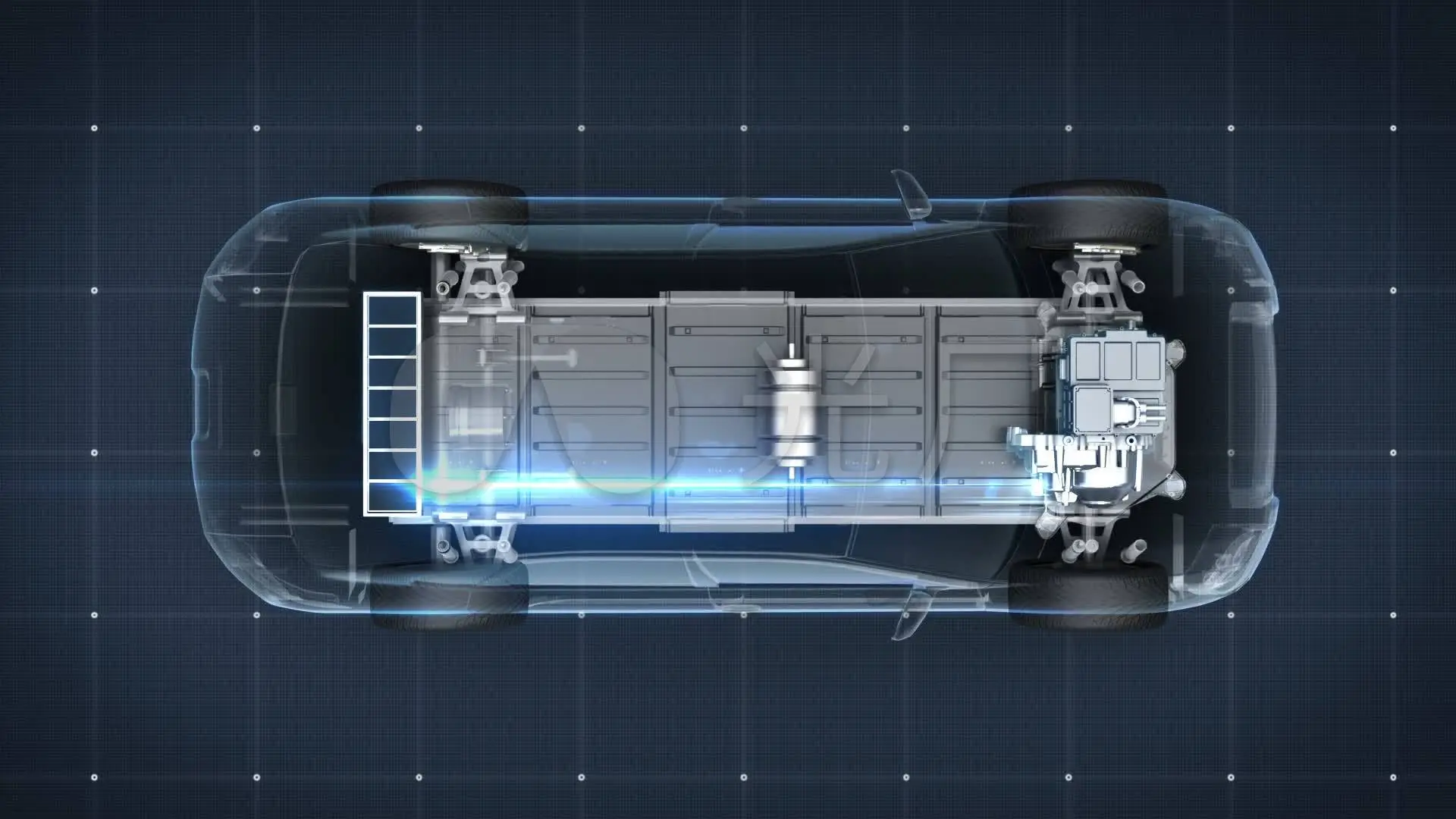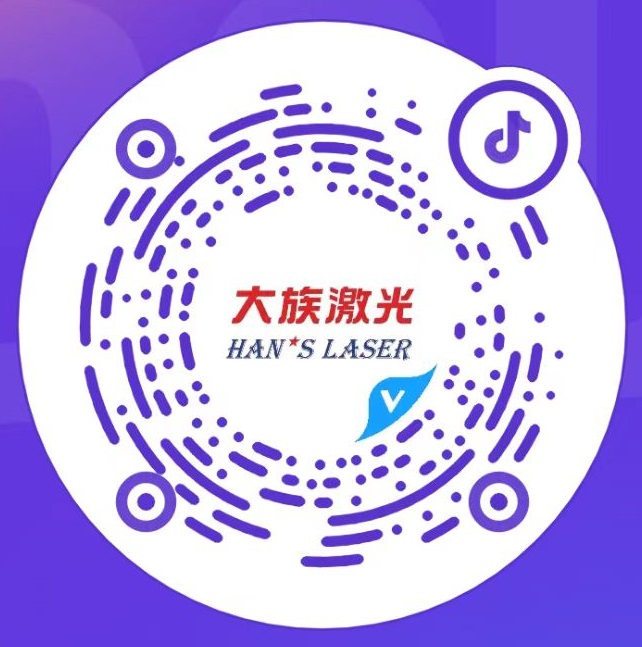Application of Laser Technology in Power Battery Processing
Due to the increasing complexity of battery production, the number of scratches generated during the production process has increased, causing dirty on the area around the tank mouth and seriously impact the welding quality of the top cover.
It is reported that some mobile phone manufacturers are continuing to develop their fifth generation battery production process. So far, Z-type stacking and label welding have been applied in production, and laser technology is also planned to be applied to the cutting process of battery cells to improve the yield rate of batteries.

In the manufacturing of power batteries
What are the specific applications of laser processing technology?
1. Laser cutting
In the production process of power batteries, traditional machinery was usually used to process and cut the pole ears of power lithium batteries. During the use of traditional die cutting equipment, the cutting burrs and heat affected zone generated were too large, which could affect the performance of subsequent lithium batteries and potentially cause various dangerous problems such as battery overheating, short circuit, and even explosion.
Laser cutting has advantages such as no tool wear, flexible cutting shape, edge quality control, higher accuracy, and lower operating costs. At the same time, it is conducive to reducing manufacturing costs, improving production efficiency, and significantly shortening the die cutting cycle of new products.
Laser cutting can mainly be applied to metal foil cutting, metal foil cutting (electrode ear cutting), and isolation film cutting in battery production.
2. Laser welding
Power batteries are divided into square, cylindrical, and soft pack batteries. Currently, the popularity of square power batteries in China is relatively high. Due to the requirement of "lightweight" battery cells, the material is generally aluminum alloy, and the thickness of mainstream manufacturers' materials is around 0.8 mm. To ensure that these thin or fine diameter wires can withstand high-strength splicing or overlap welding, conventional welding processes are difficult to meet the requirements.
However, laser welding has the features of energy concentration, high welding efficiency, high machining accuracy, large welding depth width ratio and automation; Compared with argon arc welding, Electric resistance welding, Ultrasonic welding, etc., the heat input is small as well as the heat affected zone, the residual stress and deformation of the workpiece are tiny, the loss of welding materials is less, non-contact processing is available, the efficiency is higher, the welding accuracy is super high, and the safety is also higher. It has been widely used for the welding of parts such as electrode ears, cell shells, sealing nails, soft connections, explosion-proof valves, battery modules, etc.
3. Laser cleaning
Laser cleaning technology can be used in two parts of lithium battery electrode and cell manufacturing, such as before electrode coating, battery assembly process, and coating removal process. Compared to traditional mechanical scraping, foam adhesive application, or wet ethanol cleaning processes, laser cleaning technology is prone to damage other components of lithium batteries. Laser cleaning technology has many advantages such as no damage to the substrate, precise control at the micron level, energy conservation and environmental protection, It can fully meet various precision cleaning requirements in the battery manufacturing process and greatly improve the level of battery manufacturing technology.
It is reported that some mobile phone manufacturers are continuing to develop their fifth generation battery production process. So far, Z-type stacking and label welding have been applied in production, and laser technology is also planned to be applied to the cutting process of battery cells to improve the yield rate of batteries.

In the manufacturing of power batteries
What are the specific applications of laser processing technology?
1. Laser cutting
In the production process of power batteries, traditional machinery was usually used to process and cut the pole ears of power lithium batteries. During the use of traditional die cutting equipment, the cutting burrs and heat affected zone generated were too large, which could affect the performance of subsequent lithium batteries and potentially cause various dangerous problems such as battery overheating, short circuit, and even explosion.
Laser cutting has advantages such as no tool wear, flexible cutting shape, edge quality control, higher accuracy, and lower operating costs. At the same time, it is conducive to reducing manufacturing costs, improving production efficiency, and significantly shortening the die cutting cycle of new products.
Laser cutting can mainly be applied to metal foil cutting, metal foil cutting (electrode ear cutting), and isolation film cutting in battery production.
2. Laser welding
Power batteries are divided into square, cylindrical, and soft pack batteries. Currently, the popularity of square power batteries in China is relatively high. Due to the requirement of "lightweight" battery cells, the material is generally aluminum alloy, and the thickness of mainstream manufacturers' materials is around 0.8 mm. To ensure that these thin or fine diameter wires can withstand high-strength splicing or overlap welding, conventional welding processes are difficult to meet the requirements.
However, laser welding has the features of energy concentration, high welding efficiency, high machining accuracy, large welding depth width ratio and automation; Compared with argon arc welding, Electric resistance welding, Ultrasonic welding, etc., the heat input is small as well as the heat affected zone, the residual stress and deformation of the workpiece are tiny, the loss of welding materials is less, non-contact processing is available, the efficiency is higher, the welding accuracy is super high, and the safety is also higher. It has been widely used for the welding of parts such as electrode ears, cell shells, sealing nails, soft connections, explosion-proof valves, battery modules, etc.
3. Laser cleaning
Laser cleaning technology can be used in two parts of lithium battery electrode and cell manufacturing, such as before electrode coating, battery assembly process, and coating removal process. Compared to traditional mechanical scraping, foam adhesive application, or wet ethanol cleaning processes, laser cleaning technology is prone to damage other components of lithium batteries. Laser cleaning technology has many advantages such as no damage to the substrate, precise control at the micron level, energy conservation and environmental protection, It can fully meet various precision cleaning requirements in the battery manufacturing process and greatly improve the level of battery manufacturing technology.








